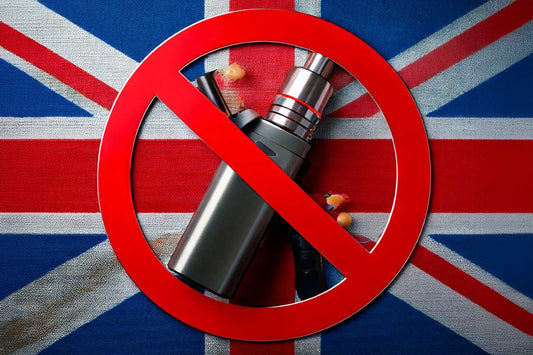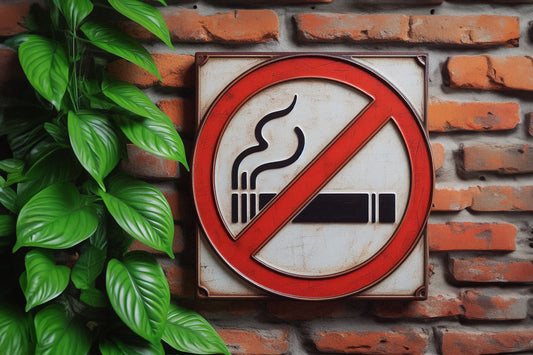Understanding Tobacco: Its Uses, Origins, and Nicotine Content
Tobacco is a plant that has played a significant role in human history for centuries. While its most well-known use today is in the production of cigarettes, cigars, and other smoking products, tobacco has a variety of uses and an interesting history. This article will explore what tobacco is, what it is used for, its origins, and its nicotine content.
What is Tobacco?
Tobacco refers to plants in the genus Nicotiana, which are part of the nightshade family (Solanaceae). The most commonly grown species for commercial purposes is Nicotiana tabacum. The plant is characterised by large, broad leaves and small, tubular flowers, usually white or pink. Tobacco plants are typically grown in warm climates and are harvested for their leaves, which are cured and processed for various uses.
Tobacco contains a variety of chemical compounds, the most notable of which is nicotine, an alkaloid that has significant pharmacological effects on humans. Tobacco plants are cultivated around the world, with major production areas in the Americas, Africa, and Asia.
What is Tobacco Used For?
Tobacco has a range of applications, both traditional and modern. Here are the primary uses:
-
Smoking Products: The most prevalent use of tobacco today is in the production of cigarettes, cigars, pipe tobacco, and roll-your-own tobacco. These products are consumed by burning the tobacco and inhaling the smoke.
-
Smokeless Tobacco: Tobacco is also used in smokeless forms, such as chewing tobacco, snuff, and snus. These products are consumed by placing the tobacco in the mouth or nose without burning it.
-
Traditional and Ceremonial Uses: Indigenous cultures, particularly in the Americas, have used tobacco in spiritual and medicinal practices for centuries. Tobacco is often used in rituals, prayers, and as a symbol of respect and communication with the spiritual world.
-
Pesticides: Tobacco extracts have been used historically as natural pesticides due to the presence of nicotine, which is toxic to many insects.
-
Pharmaceuticals: Research is ongoing into the medicinal properties of tobacco. Some compounds derived from tobacco are being studied for potential therapeutic applications, such as in treating certain diseases or as a basis for creating vaccines.
Where Did Tobacco Originate?
Tobacco is native to the Americas and has a long history of cultivation and use by indigenous peoples. The genus Nicotiana, which includes all tobacco species, is believed to have originated in the Andean regions of South America. Here are some key points in the history of tobacco:
-
Pre-Columbian Era: Indigenous peoples of the Americas, including the Aztecs, Mayans, and various Native American tribes, cultivated and used tobacco long before the arrival of Europeans. It was an integral part of their culture and spirituality.
-
Introduction to Europe: Christopher Columbus and other European explorers encountered tobacco during their travels to the New World in the late 15th and early 16th centuries. They brought tobacco back to Europe, where it quickly gained popularity.
-
Global Spread: By the 17th century, tobacco was being cultivated in various parts of the world, including Europe, Africa, and Asia. The establishment of European colonies in the Americas further accelerated its global spread and commercial cultivation.
Does Tobacco Have Nicotine?
Yes, tobacco contains nicotine, an alkaloid that acts as a stimulant in humans. Here are some important aspects of nicotine:
-
Chemical Composition: Nicotine is a naturally occurring compound found in the leaves of the tobacco plant (Nicotiana tabacum). It is one of the primary reasons for the plant's addictive properties.
-
Addictive Nature: Nicotine is highly addictive. When tobacco is smoked, chewed, or sniffed, nicotine is absorbed into the bloodstream and rapidly reaches the brain, causing a release of neurotransmitters like dopamine. This leads to the pleasurable sensations associated with tobacco use and contributes to addiction.


















